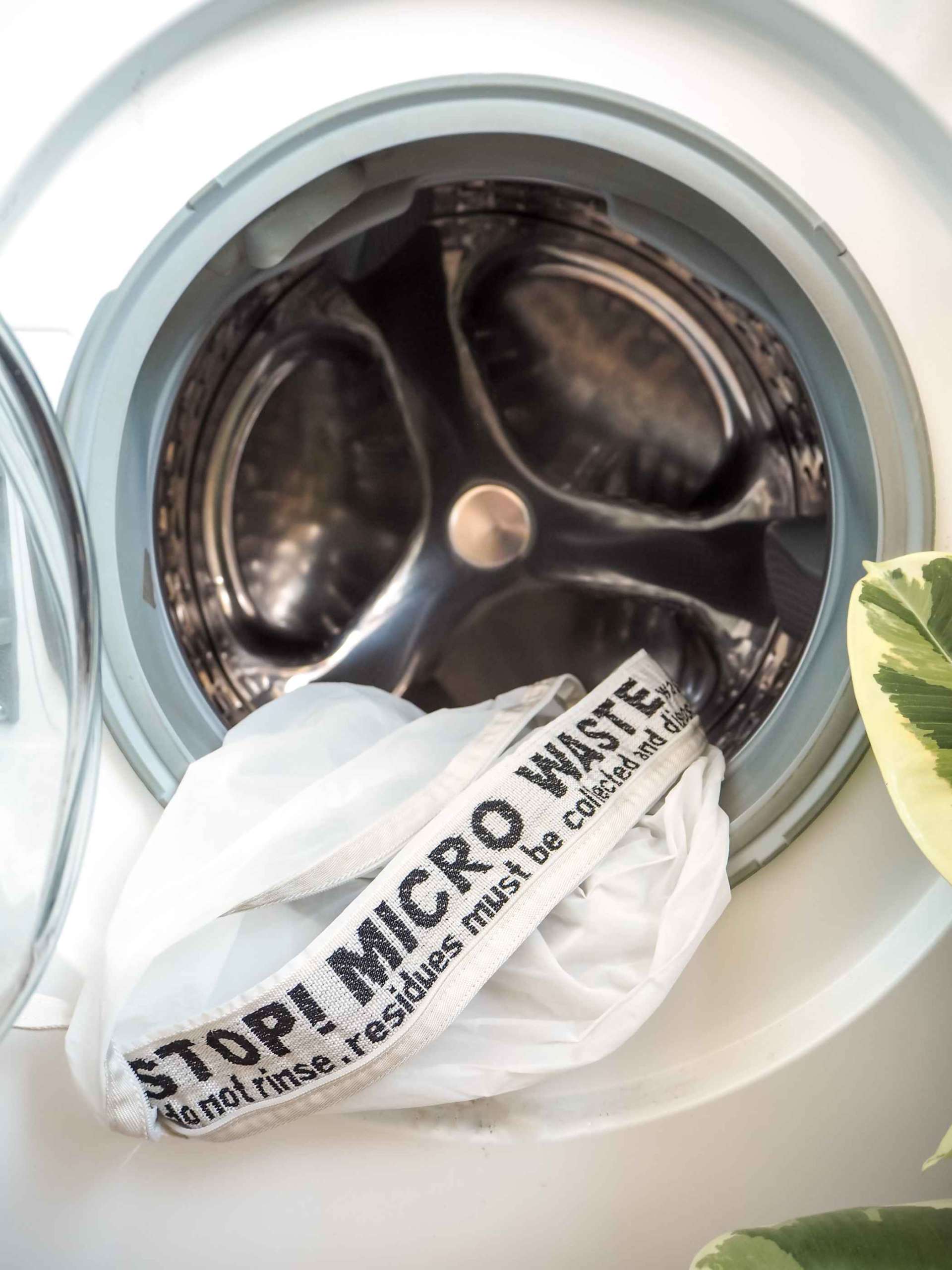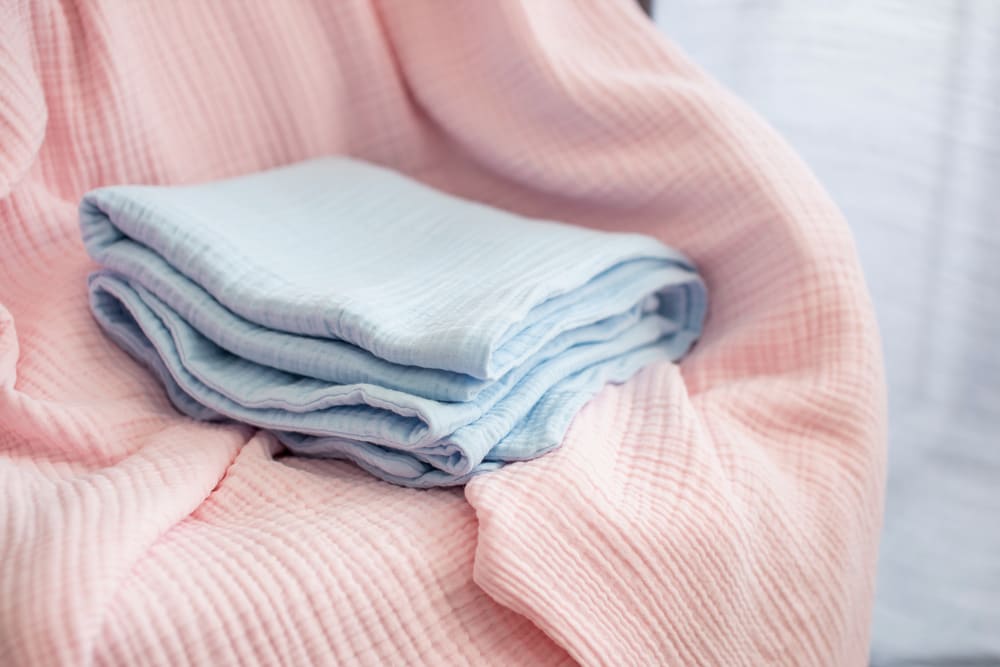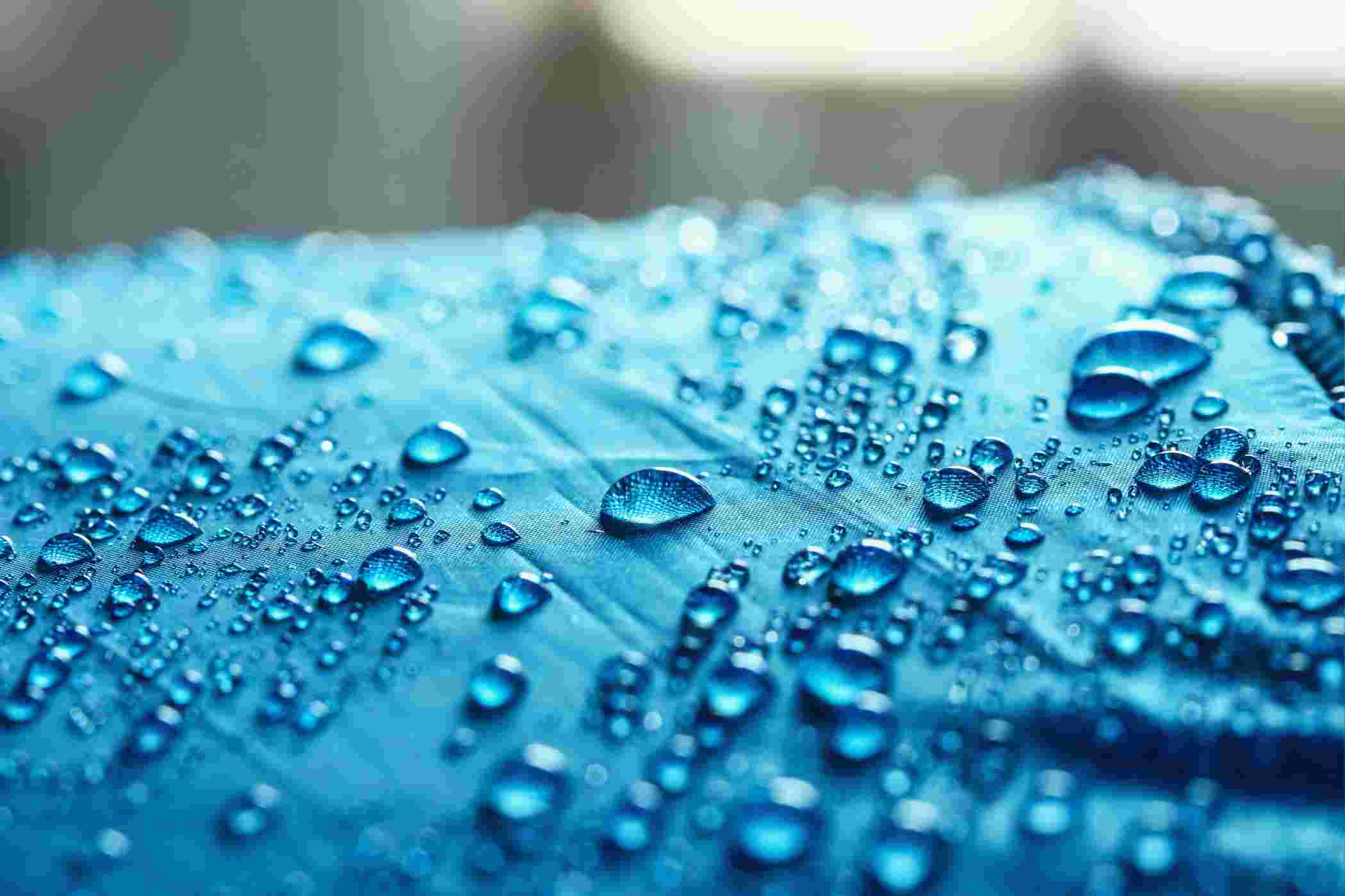Faux Leather Analysis: Characteristics, Types, Market, etc.

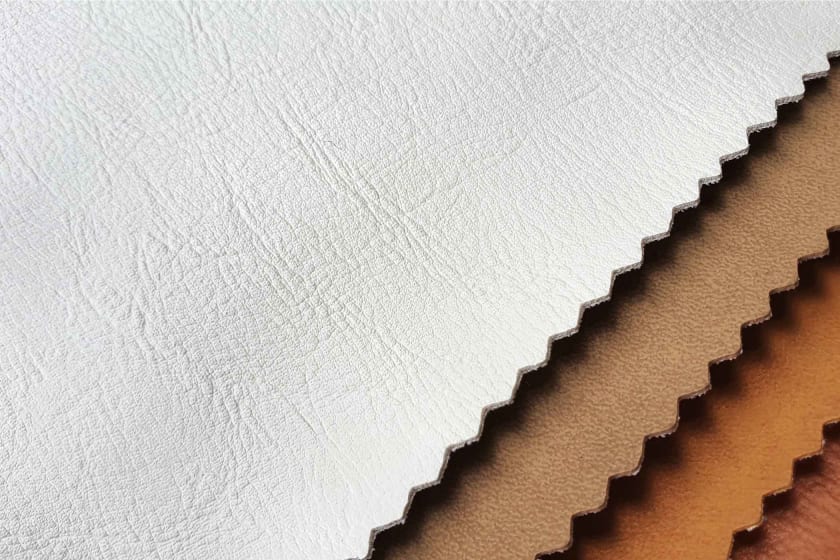

What is the Fuss about Faux?
Well, to start with, let us understand what faux leather fabric is. Faux leather is a popular product of artificial leather. The other names for faux leather are leatherette, Koskin, polyurethane, polyvinyl chloride, and silicone.
Most of these synthetic leather find use as upholstery on a sofa, chair, and headboard. Polyurethane, polyvinyl chloride, and silicon are used for large-scale consumer production. Faux leather may not be natural leather, but the sheen and durability give a tough challenge to real leather in many ways.
Since the 1940s, the United States has been producing synthetic vinyl leather. Vinyl leather was initially for shoes, automobile interiors, and other upholstery such as sofas and chairs. By the 1950s, companies like DuPont also began producing polyurethane products. In comparison, the silicone industry is relatively new, which began in 2010.
Types of Faux Leather
Nowadays, all types of products use silicone, polyurethane, and vinyl synthetic leathers. Clothing, upholstery, seat covers, boards, protective devices, etc., widely use these synthetic leathers.
Polyurethane fabrics are much softer, breathable, and flexible. That is why one can use them in high-end clothing options. On the other hand, vinyl is not as flexible as polyurethane and is only suitable for products that need to stay dry and keep moisture away. So, they are perfectly fit for making bookbinding covers, electronic devices, mats for bathroom liners, etc. Silicone is a versatile product that can be used to replace both vinyl and polyurethane.
Vinyl upholstery
Vinyl upholstery is an amalgamation of two synthetic materials. Strong polyester fibers compose the fibers of vinyl. Vinyl made from polyvinyl chloride and phthalic acid coat these fibers. The fibers are sealed closed by melting vinyl onto them, which gives them the quality of being flexible, tough, and waterproof.
The making process of vinyl fibers makes this upholstery easy to clean and increases its longevity. It does not require any additional care for conditioning. Hence, vinyl upholstery is ideal for high cleanliness maintenance areas such as hospitals, restaurants, and bedsides. However, if uncovered in the sun and hot temperatures, it sticks to the skin, which is uncomfortable.
Polyurethane
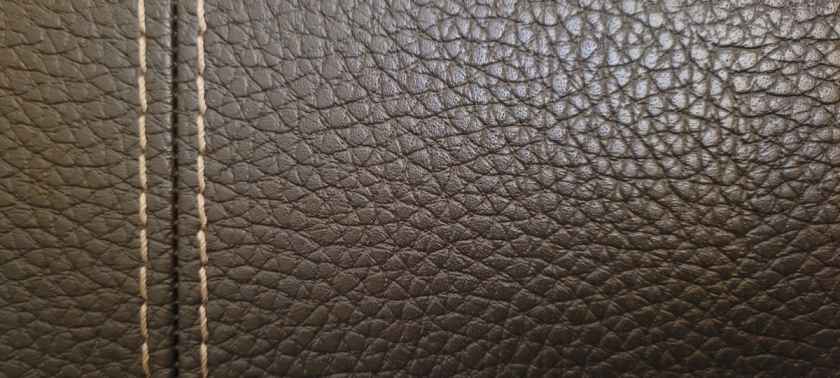
Cotton-polyester or shredded leather is coated with a flexible polymer and then treated with animal hide to make polyurethane. Polyurethane looks incredibly close to genuine leather in the characteristics of feel, touch, and overall appearance of the material. Hence, it has an advantage over other vinyl upholstery or any other imitation leather.
Polyurethane resembles animal hide, and that is the reason for its popularity. Polyurethane is softer and lighter than leather and is an eco-friendly substitute for faux vinyl leather.
Like genuine leather, polyurethane can be gathered and stitched into tufts of fabric. The wrinkles resemble a lot like real leather. But because there are no plastics used in the manufacturing of polyurethane, the material remains soft and supple without any cracks and wrinkles.
Polyurethane is also more environmentally friendly, as it produces fewer dioxins when compared to its other counterparts. One can use it to decorate or refurbish quickly. Polyurethane is a cheaper alternative to leather despite having so many similar qualities.
How Faux Leather Scores Over Natural Leather
1. Affordable:
Faux leather fabric is highly economical. Not only the production cost is low, but also it saves the environment in so many aspects.
2. Durable:
Faux leather is durable and has a long shelf life. It withstands minor scratches and scrapes, which would affect genuine leather and tear it apart. It does not fade with changing weather conditions.
3. Maintenance is low:
One can maintain faux leather well with wiping and dusting. It is water-resistant, so one can wipe it with a clean cloth and keep it as good as new. With improving technologies, some faux leathers can also sustain ink, liquid, and food stains.
4. Quality:
Unlike genuine leather, which has limited color and variations in texture, faux has introduced us to many colors and textures. There is a color available to match every shade. Its multiple qualities make the buyer have a variety of options suiting their choices and budget.
5. Appearance:

Genuine leather is inconsistent, partly because it is naturally available, and natural objects have some flaws. Whereas faux leather has a uniform appearance, and all the pieces are from the same stock. Therefore, there is less scope for defects with faux leather.
6. Fashion clothing:
With so much variance in faux leather fabric, it can be either used plain or with prints. This aspect constitutes its versatility and increased utility.
There are enormous textures and patterns available in faux leather fabric. Designers have more freedom while using this fabric for home decor or fashion clothing.
7. Ease of use:
Unlike genuine leather, it is easy to work with faux leather fabric. The fabric can be cut, sewed, or stitched conveniently and seamlessly.
There are multiple advantages of using faux leather compared to genuine leather, but there can be disadvantages.
Natural leather is a winner in many aspects, especially in terms of its breathability and wearability. Genuine leather is much more comfortable and body-friendly than faux leather fabric.
The other disadvantage is the shine and patina of faux leather, which it loses over time. Even shoes and clothing look worn out and old when compared to genuine leather.
The Future Market for Faux Leather
The market for Faux leather fabric is growing from the rising scope of application of faux leather in segments such as furnishings, automotive, clothing, bags, etc. The global synthetic leather market will be showing a surge of almost 7.8% by 2028, looking at the global trends and increasing popularity for faux leather.
This fact is also due to the growing demands in the footwear sector. There is a surge in incorporating athletic shoes in daily lifestyle. Manufacturers from Asian countries are producing more and more faux leather Fabric because of the availability of cheap raw materials and low-cost labor.
Synthetic leather is an excellent alternative to genuine leather, and the clothing industry is falling upon faux leather fabric for a variety of new designs and patterns. Natural leather is falling short in utilization as it is unusable for multiple types, unsuitable for most use, and prohibited in some sectors.
Faux leather is a great alternative in the marine industry, as they are salt water-resistant. Bags, wallets, and shoes made of faux leather fabric are lightweight, easy to use, breathable, easy to maintain.
Final Words
The faux leather fabric industry is a revolution that can improve the usage of faux leather in the fashion industry. With consumers shifting towards more vegan options, ditching genuine leather has brought growth into this synthetic leather industry. Many of the companies are using strategies of mergers, acquisitions, joint ventures to manage growth, demand, and supply of faux leather. You can browse through the Fashinza for more genuine listings of faux leather fabric and how you improve the usage of faux leather fabric. Source good quality faux leather from the Fashinza.















